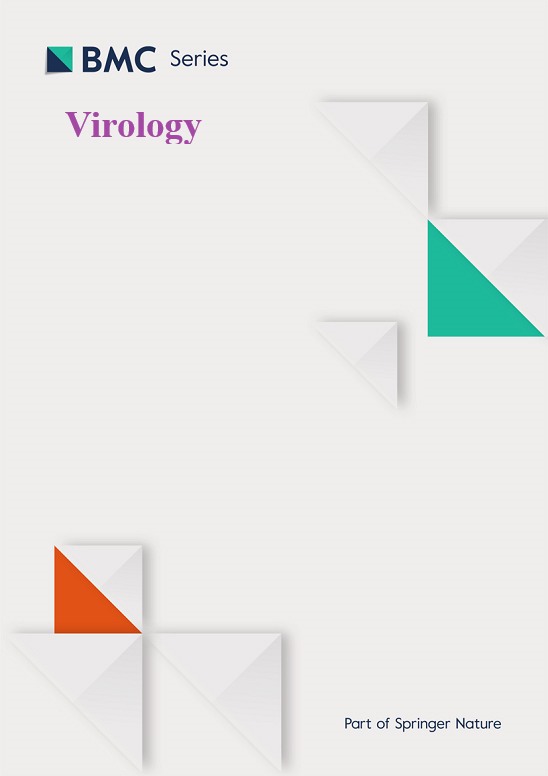Detection of African swine fever virus antibodies using p11.5 and p14.5 protein-based indirect ELISA
IF 2.8
3区 医学
Q3 VIROLOGY
引用次数: 0
Abstract
African swine fever (ASF), which is caused by the African swine fever virus (ASFV). There are currently no effective vaccines or therapies for ASF; rapid diagnosis has become an important way to control the disease. The p11.5 and p14.5 proteins are structural proteins of ASFV that have immunogenicity and potential as diagnostic antigens. In this study, p11.5 and p14.5 proteins were used as diagnostic antigens in an indirect ELISA examine to detect ASFV antibodies. The p11.5 and p14.5-iELISA methods showed no cross-reaction with other swine virus positive sera. The lowest detection limit of positive serum was 1: 6400, and the coefficients of variation (CV) of intra - and inter-assay were less than 7%. By comparing 71 serum samples, the coincidence rate of p11.5 and p14.5-iELISA with commercial ELISA kits was 91.55%. Taken together, these results showed that there is a reliable method of detecting ASFV antibodies in clinical pig serum.
基于p11.5和p14.5蛋白的间接ELISA检测非洲猪瘟病毒抗体。
非洲猪瘟(ASF)是由非洲猪瘟病毒(ASFV)引起的。目前,非洲猪瘟还没有有效的疫苗或疗法;快速诊断已成为控制该疾病的重要方法。p11.5 和 p14.5 蛋白是非洲猪瘟病毒的结构蛋白,具有免疫原性和作为诊断抗原的潜力。在这项研究中,p11.5 和 p14.5 蛋白被用作间接 ELISA 检测 ASFV 抗体的诊断抗原。p11.5 和 p14.5-iELISA 方法与其他猪病毒阳性血清无交叉反应。阳性血清的最低检测限为 1:6400,测定内和测定间的变异系数(CV)均小于 7%。通过比较 71 份血清样本,p11.5 和 p14.5-iELISA 与商业 ELISA 试剂盒的吻合率为 91.55%。综上所述,这些结果表明有一种可靠的方法可以检测临床猪血清中的 ASFV 抗体。
本文章由计算机程序翻译,如有差异,请以英文原文为准。
求助全文
约1分钟内获得全文
求助全文
来源期刊

Virology
医学-病毒学
CiteScore
6.00
自引率
0.00%
发文量
157
审稿时长
50 days
期刊介绍:
Launched in 1955, Virology is a broad and inclusive journal that welcomes submissions on all aspects of virology including plant, animal, microbial and human viruses. The journal publishes basic research as well as pre-clinical and clinical studies of vaccines, anti-viral drugs and their development, anti-viral therapies, and computational studies of virus infections. Any submission that is of broad interest to the community of virologists/vaccinologists and reporting scientifically accurate and valuable research will be considered for publication, including negative findings and multidisciplinary work.Virology is open to reviews, research manuscripts, short communication, registered reports as well as follow-up manuscripts.
 求助内容:
求助内容: 应助结果提醒方式:
应助结果提醒方式:


